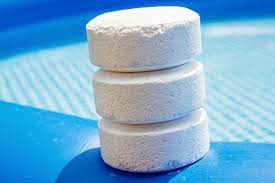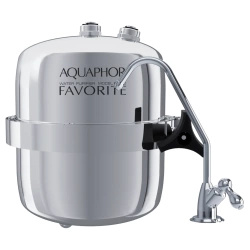Water chlorination is a cheap and effective way of disinfecting water. The purpose of disinfection is to destroy bacteria and viruses present in the water. Although you can’t opt out of this step in the water treatment process, you need to be aware of the risks involved in using chlorine and know how to deal with them.
What is chlorine and why is it used ?

Chlorine is a substance that prevents the appearance of infectious diseases and epidemics that originate from biologically contaminated water. However, the same chlorine is responsible for the damage caused to the human body. Contact of chlorine with the skin leads to irritation, excessive dryness and cracking. It may also cause reduced resistance to fungal and yeast infections. Chlorine, taken orally, has other adverse effects such as cancerous changes, especially, of the bladder and intestines. The latter condition is associated with the accumulation of chlorine with the products of metabolism.
What are the risks of drinking chlorinated water?
As a result of the water chlorination process, by-products are created that are harmful to humans. Their most important by-products include trihalomethanes, haloacetic acids, chloropicrin, haloacetonitriles, chlorophenols and chlorocyanine. The most dangerous of these are trihalomethanes such as chloroform, bromoform, bromates and bromodichloromethane. They exhibit strong carcinogenic effects. In particular, trihalomethanes lead to cancers of the bladder, rectum, liver and kidney. Chlorine in combination with phenol can cause leukemia and lymphoma tumors. Chloroform, on the other hand, can cause hallucinations by affecting the central nervous system. It also leads to visual disturbances, daze, intoxication, dizziness, neuralgia, loss of strength, excessive agitation and stomach pain. It deregulates metabolism and results in degeneration of the liver, thyroid and kidneys. Other effects of chloroform include heart troubles and skin diseases such as eczema and inflammation.
Conclusion
To conclude, chlorine is used to remove microorganisms from water in the water supply system. Thus, water chlorination prevents infectious diseases. At the same time, chlorine and its derivatives can be very harmful. Therefore, it is necessary to get rid of the water chlorination derivatives using home filters, especially, osmotic filters.

